“It’s no longer 1937.”
That’s what Rachel Zegler, the star of Disney’s “Snow White,” said in an interview about the film.
And, after watching the movie, it’s glaringly obvious that this isn’t the same story from the nostalgic animated film, the inspiration behind this live adaptation.
Released on March 21, the movie reimagines the classic tale most of us know by heart: the Evil Queen, jealous of Snow White’s beauty, orders her huntsman to kill her, but Snow White finds refuge in the home of seven dwarfs. The queen tricks her into eating a poisoned apple which makes Snow White fall asleep until she is saved by the prince, her true love.
Except now the story isn’t so classic.
There are multiple changes to the plot and characters, which go beyond the minor ones that a retelling should be confined to. These unnecessary alterations are part of the reason the movie just didn’t work for me.
Though not the biggest in terms of how it affected the story, the change that received the most controversy was the casting of Zegler, an actress of Colombian and Polish descent, to play the role of Snow White. I have no problem with Zegler. In fact, I think she’s a superb actress and an even better singer. There’s no denying that she has real talent.
However, I don’t think Zegler was the right choice for this role. In the original film, Snow White is named for her appearance, specifically for her “skin as white as snow.” Meanwhile, in the new film, she gets her name from having survived a harsh winter storm as a baby. Though creative, Disney’s effort to change the meaning behind her name proves that it was important. Did it make the movie worse? No. But what it did do was feel like a half-hearted attempt to shove more diverse characters in front of the audience. I agree that diverse representation in media is a positive thing, but if it’s so important to Disney, why are they not spending the time creating new characters? It feels lazy and forced to swap the race of an already existing character, especially one whose appearance is so widely recognized.
The topic of diversity brings me to my next issue with the movie: the absence of the seven dwarfs. The original film was called “Snow White and the Seven Dwarfs.” However, the live adaptation is now just “Snow White.” The reason behind this change is that the dwarfs are now “animated magical creatures” created by CGI.
This change sparked controversy, and rightfully so. Dwarfism is a real medical condition, and people with dwarfism are just as capable of acting as anyone else. Their opportunities within the movie industry are already extremely limited, and Disney exacerbated that limitation rather than initiating a step towards fixing it. Disney’s use of CGI feels undermining and even insulting to the experiences of little people. It’s ironic that they focused so much energy on introducing racial diversity into the adaptation while they threw away a chance to increase representation in another aspect.
But the dwarfs, or I guess “creatures,” in the movie being CGI isn’t just a problem due to this lack of representation. It also just makes the movie awkward.
In the original film, the scenes with the dwarfs were my favorite. They were endearing and sweet, with each of their distinct personalities adding to the scene in a fun and creative way. But the CGI creatures are now more creepy than cute, if I’m being honest. I know they’re fake, but they look so lifeless to a point where their emotion feels unnatural and just plain weird.
Their interactions with Snow White also miss the mark. For the most part, Zegler does a great job of bringing emotion to every scene she’s in. There are a few scenes that I felt were a bit dramatic and ones that weren’t dramatic enough, but overall her acting was solid. Every detail, like the tone of her voice and her facial expressions, is supposed to make the audience feel something. But the contrast between Zegler’s passion and the creatures’ passiveness is so stark that no matter how good her acting is, it feels off. It almost seems like you’re watching two different movies at once.
The dwarfs aren’t the only thing the adaptation erases from the original. It also gets rid of the prince. Snow White’s new love interest is now a thief named Jonathan, played by Andrew Burnap. This change wasn’t that big of a deal to me, probably because in the original, the prince barely got any screen time. So, making his replacement a stronger presence in the storyline was, in theory, a good idea.
But only in theory.
Jonathan’s character ended up feeling very two-dimensional. It wasn’t Burnap’s acting, which was decent. It just felt like the writers gave him the same stereotypical personality as a lot of Disney male characters, with his sarcasm and charisma reminding me of a worse version of Flynn Rider from “Tangled.” He also weirdly reminded me of Robin Hood, with his group of friends similar to the Merry Men, which made them seem a bit random and even out of place. And while I like the idea of adding onto his identity apart from being Snow White’s love interest, his character strayed too far from that role to the point where I was forgetting he was supposed to be her love interest in the first place.
The live adaptation didn’t just alter the characters, but also the plot itself. At the beginning of the movie, I was actually impressed with how accurate it was to the original. It’s in the middle where it starts to change.
One aspect of the plot that’s different is how little the magical creatures are involved. In the original, the dwarfs play a big role. They’re a key part of the plot, as they chase the Evil Queen through the woods and off a cliff as revenge for the poisoned apple she gave to Snow White. But in the adaptation, the creatures don’t seem that important. Yes, their home acts as a safe haven for Snow White, but she eventually leaves, and they aren’t very involved in saving the kingdom. The dwarfs taking revenge on the Evil Queen demonstrated their role as a friend and protector towards Snow White, so I would’ve loved seeing that role similarly spotlighted in the adaptation instead of being glossed over.
The most obvious change to the plot was the ending of the movie. The original ends almost as soon as the prince kisses Snow White to wake her up. Snow White rides on his horse, the prince walking beside her, and they go back to their kingdom to live happily ever – and safely, too, thanks to the dwarfs taking care of the Evil Queen. That’s not the case anymore. Now, once Jonathan kisses Snow White, she is immediately determined to get back to the kingdom to save her people from the Evil Queen, whose despicable rule is still at large. To keep it short, she returns to the castle, demands to speak with the queen, makes a moving speech to the villagers and guards and takes the throne for herself.
If I’m being honest, with all the news about how “woke” this movie was going to be, I expected an even more drastic change. So I am happy that Snow White’s new role as the hero was confined to the end for the most part. That said, there shouldn’t have been any change in the first place.
I understand that allowing Snow White to save her kingdom by herself transforms her into a strong, independent female lead that can serve as a role model for girls. But was this transformation really necessary? No.
The original Snow White already possessed qualities that make her a positive role model. She’s kind and pure, with a sense of grace and calmness about her. Her bond with the dwarfs is a testament to her caring and friendly nature. Though gentle, these qualities don’t make her weak. They make her capable and strong, just in a different way.
The new movie doesn’t completely erase these qualities, but by adding a bolder, more independent side to Snow White, it implies that her original qualities aren’t enough. So, what I assume was meant to be empowering towards women actually becomes undermining. It implies that women who are gentle are less than those who are bold, which isn’t true.
Elle Fanning, who played Aurora in the live-action “Maleficent,” put it perfectly in an interview with Good Morning America. She mentions that for some princesses, being a fighter in the typical sense, with a sword and armor, is necessary, like for Mulan, for whom Fanning said fighting is “in her DNA.” But, wielding a weapon isn’t the only way to be a fighter, and that’s true for Aurora, who’s a “fighter in a different way.” Fanning said that Aurora is “strong in her femininity and softness.”
I think the same is true for Snow White, and Disney’s effort to strengthen her character failed to enhance the gentle strength already there.
One of the changes Disney made to this movie that could have benefited them was the addition of new music. To be honest, not many songs from the original movie were very memorable, so I was actually looking forward to hearing new ones. But, like so many other changes, its execution was very poor. The only new song that I enjoyed was “Good Things Grow,” which introduced the recurring theme of the importance of being a responsible, fair leader. It was the first song, so I was optimistic about the rest to follow, but they just fell flat. The ones with Zegler and Burnap together were my least favorite. “Princess Problems” and “A Hand Meets A Hand” were both cheesy. “A Hand Meets A Hand” was especially disappointing. Snow White and Jonathan sang about the good that comes from being with one another. However, it feels very surface-level, and it didn’t have the same wonder and emotion that most classic Disney love ballads have.
But the most problematic aspect of the music has to do with not what they added, but what they got rid of. The first song they erased was “I’m Wishing/One Song,” where Snow White stands at the wishing well, longing for her true love, until the prince appears beside her. Now, the song at the well is called “Waiting on a Wish.” So, instead of waiting to meet her soulmate, she’s now waiting to make a wish?
The song is about her trying to muster up the courage to become the strong leader she is meant to be. However, it feels contradictory because Snow White is now supposed to be this fearless, forward-thinking character. Yet this entire song revolves around her waiting for something to happen, a catalyst that would allow her to step into this role, rather than pave the way for herself. The lyrics in the song clash with the character Disney wanted Snow White to be in this movie.
Also, the fact that “Waiting on Wish” replaced “I’m Wishing/One Song” reflects Disney’s attempt to dilute the role love plays in the live adaptation, and it can be seen again when they completely delete “Some Day My Prince Will Come” from the movie. The original Snow White hoped to meet her true love. Now, this hope vanished, replaced by her hope to save and rule her kingdom.
I would’ve been okay with Disney adding another aspiration apart from her hoping to find love. But that’s not what they did. This complete removal of such a big part of the original film confuses me more than anything. Since when is love a bad thing? Love is beautiful and selfless, and treating it as something to be avoided isn’t right.
It connects back to what I said earlier about strength. I know Snow White is supposed to be stronger in the traditional, independent sense, but true strength isn’t mutually exclusive with love. Someone can be just as capable with love than someone without. Love isn’t a source of hindrance to one’s capabilities but instead a foundation of support.
Along with all of these bigger problems, there were also smaller annoyances I had with the film. The acting made me cringe. The costumes looked like something you could buy from Party City. The CGI forest backdrops looked fake and dull, especially side by side with the bright, tacky outfits.
So why did this live adaptation fail so miserably?
I think it’s because it strayed so far from the original to the point where people were seeing a completely different movie than they signed up for. There were so many changes that it didn’t feel like I was watching the classic story of “Snow White and the Seven Dwarfs.” If Disney had so many problems with that classic story, why did they bother adapting it in the first place? With how many changes there were, it’s clear they didn’t have a shortage of ideas. So why not translate those ideas into a new story? A new story could have captured the same messages without diminishing the messages the original story had to tell.
I’m not mad if Disney wants more diversity or fiercer female characters, but Disney should create new movies to include those things rather than manipulating already-existing media to fit their current agenda.
So, yes, as Zegler said: “It’s no longer 1937.” And yes, people’s values and priorities have shifted since then.
But I don’t think we should rush to change or destroy old stories just because they don’t align with these new values. All stories are worth telling, and it’s time to start treating them as such.


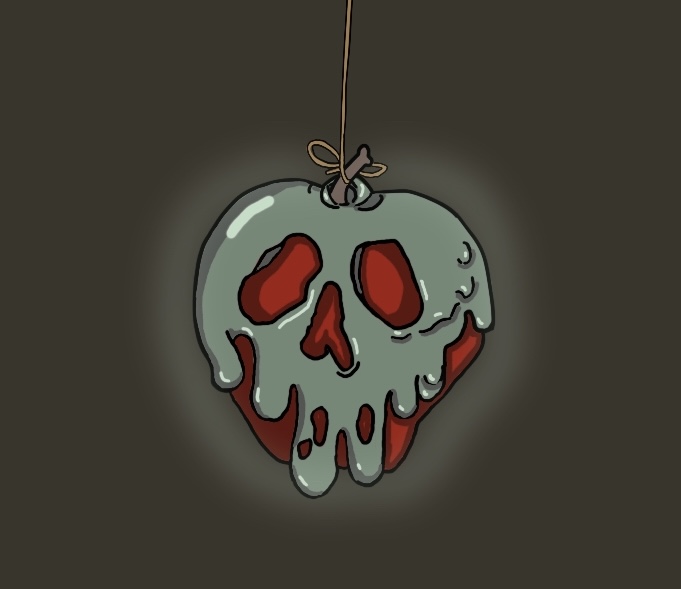
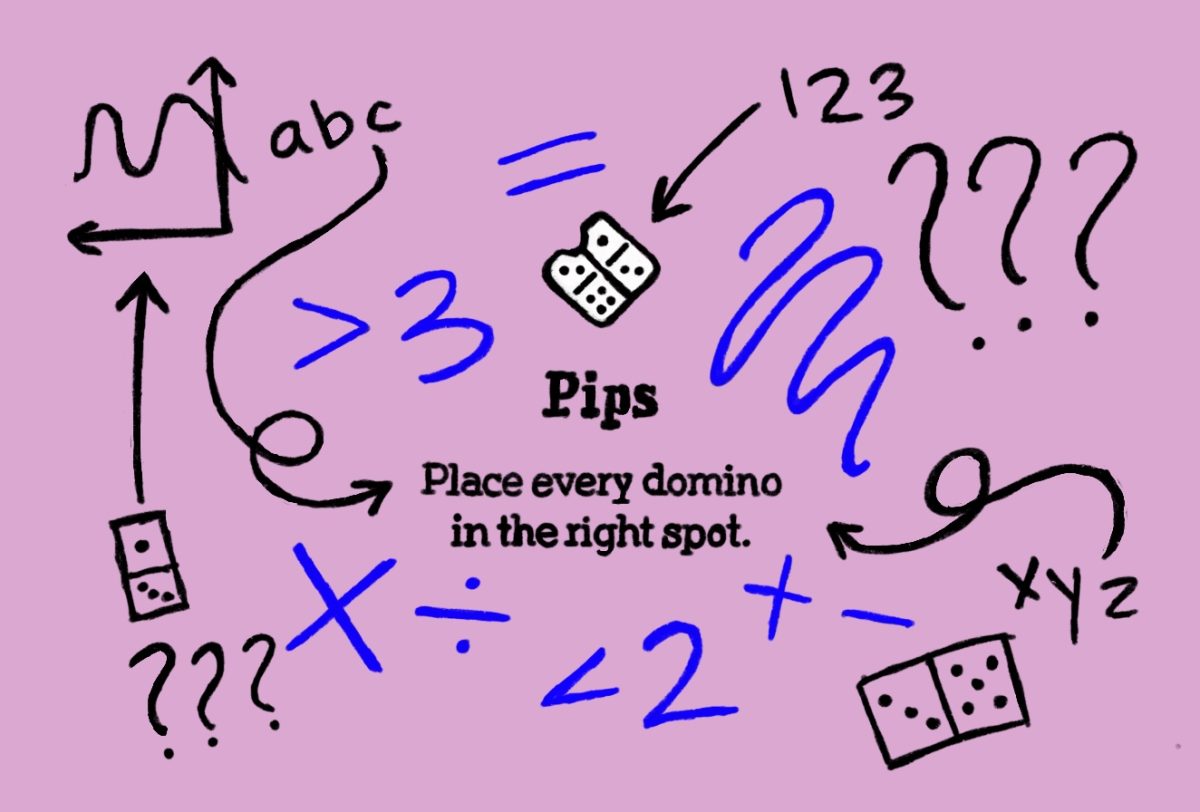
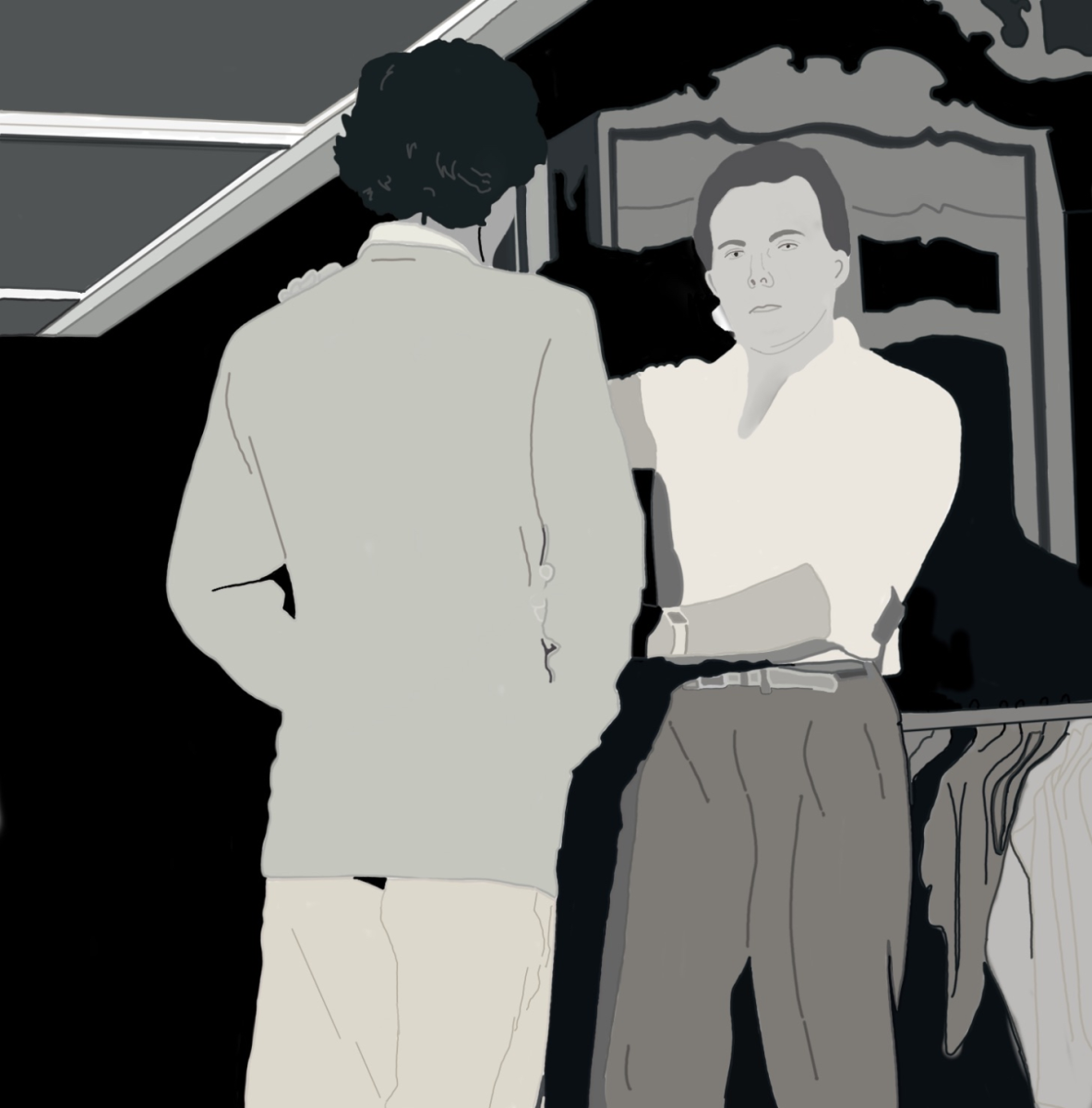
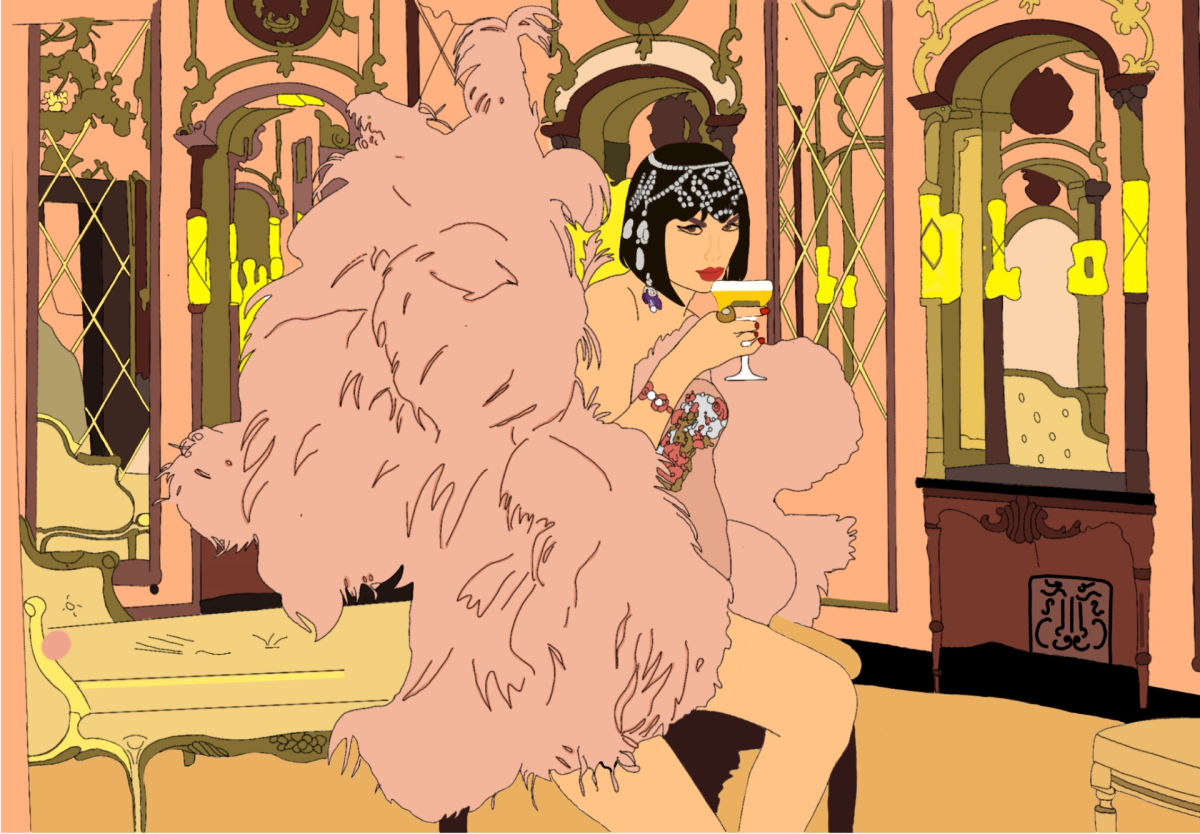
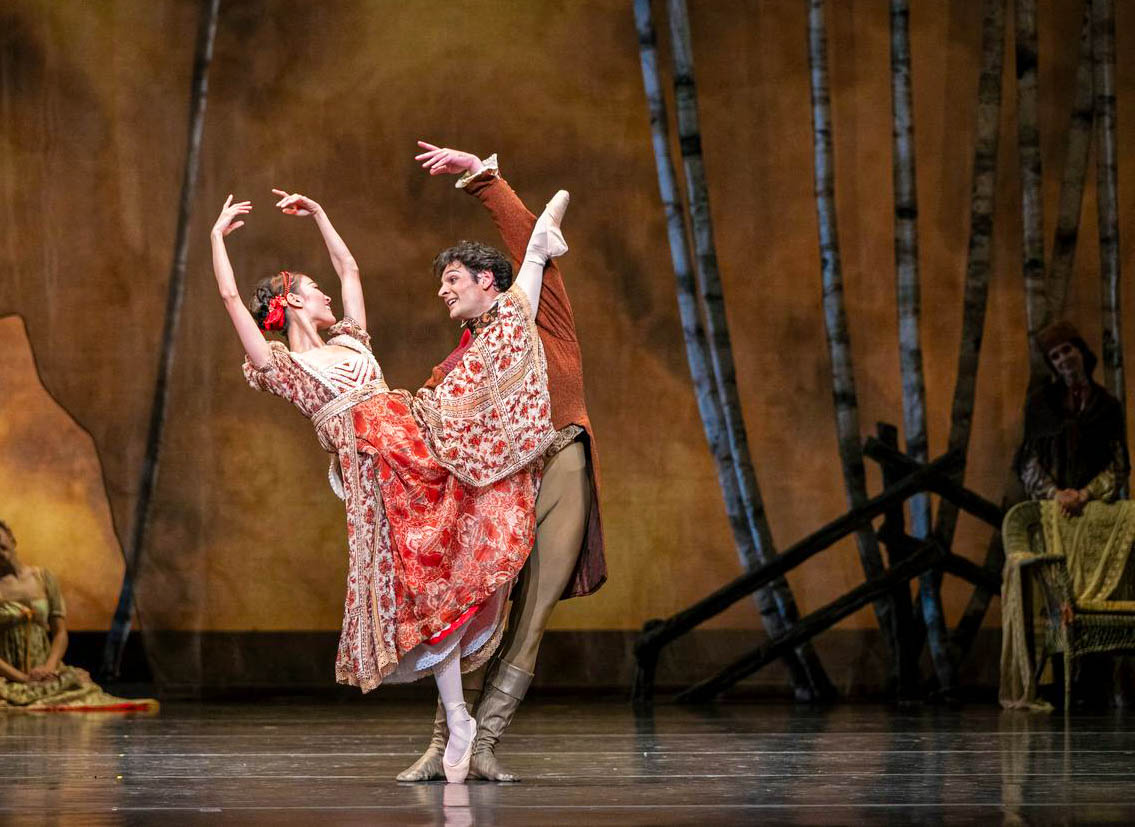
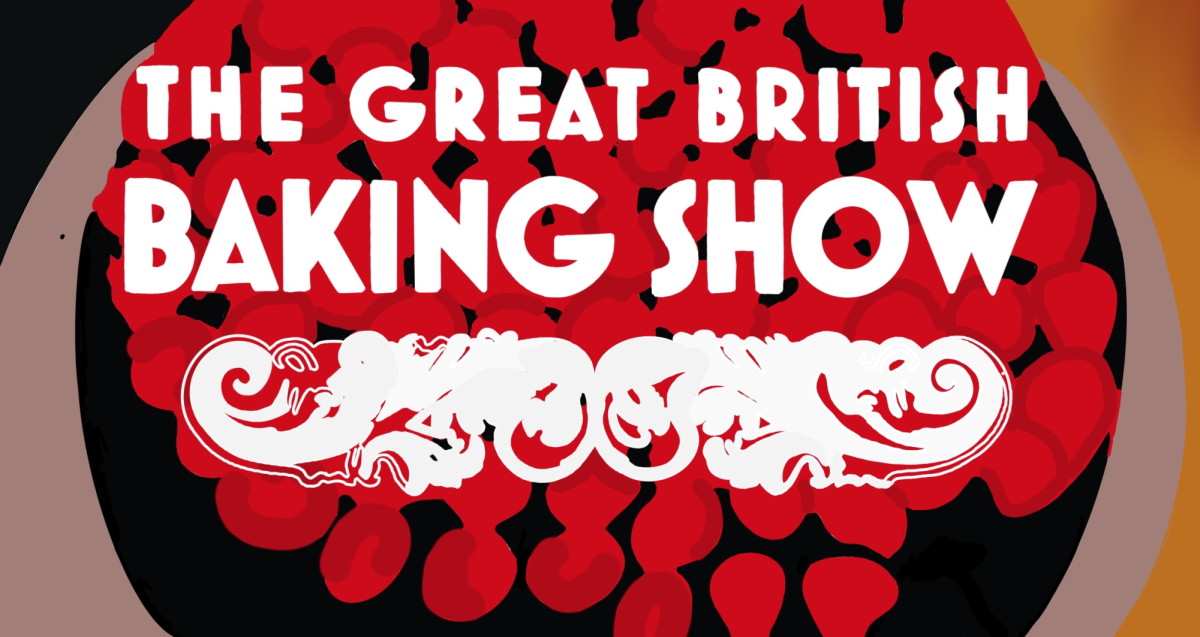
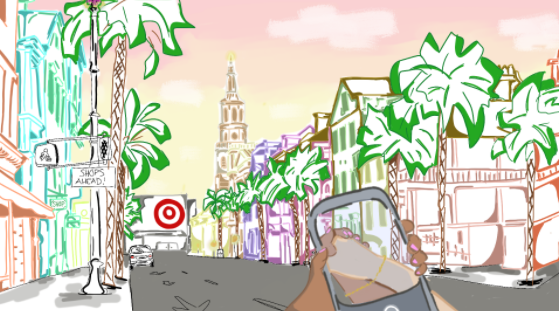
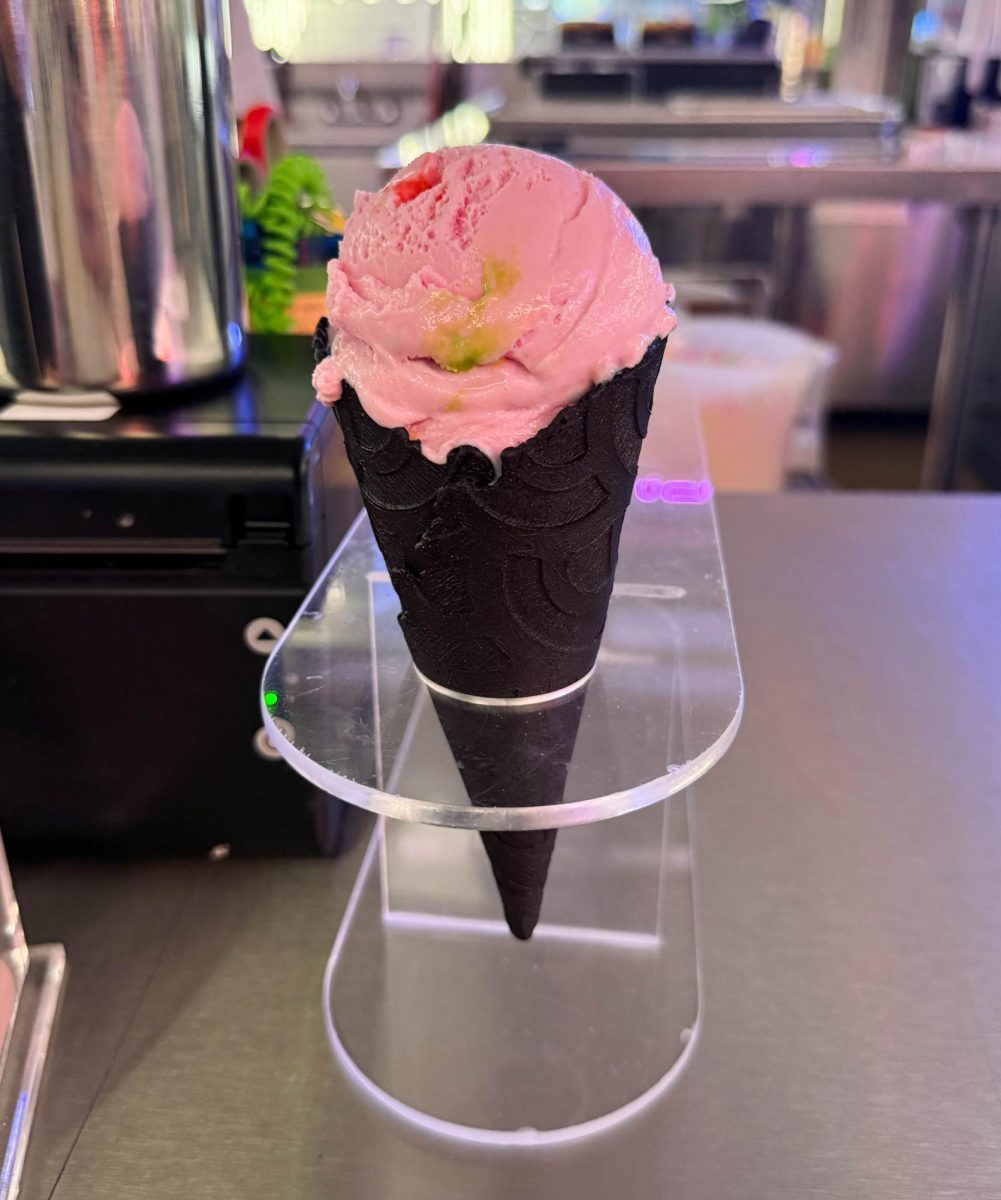
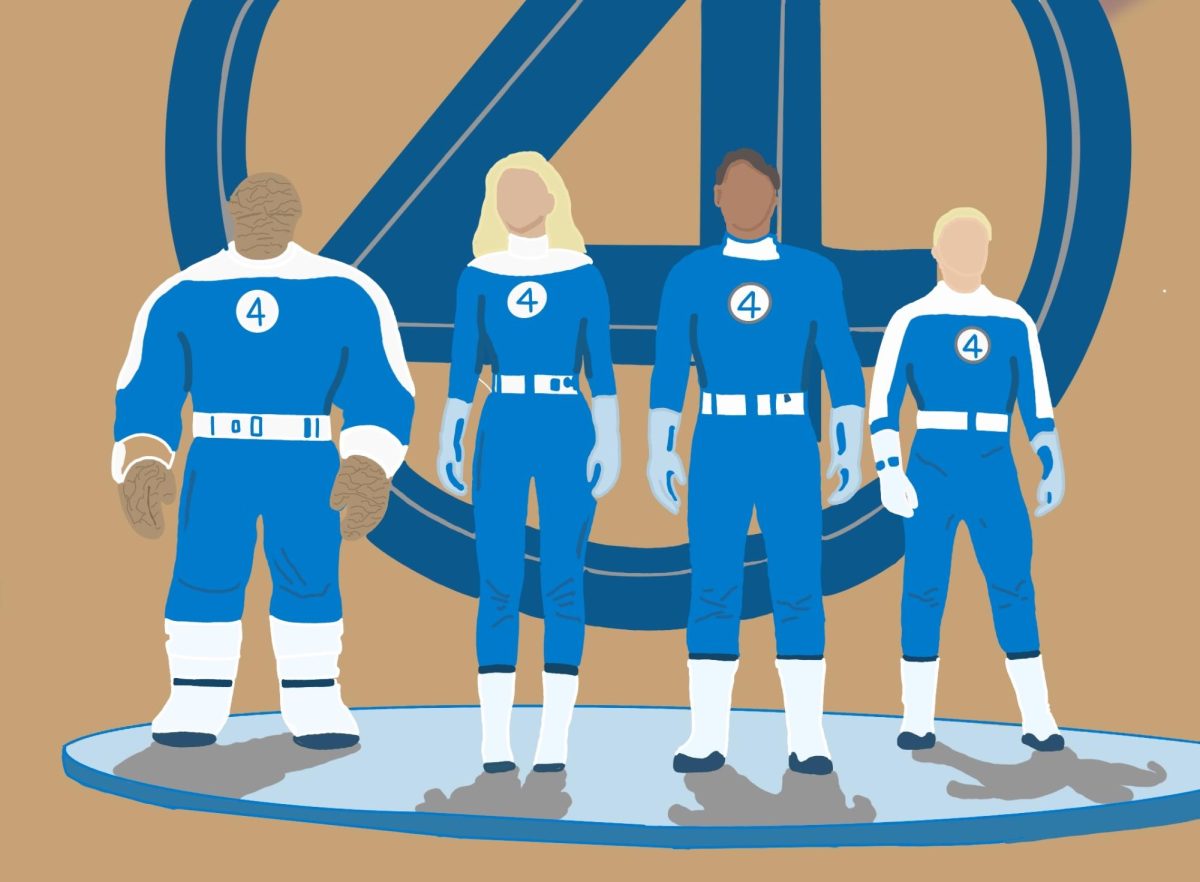
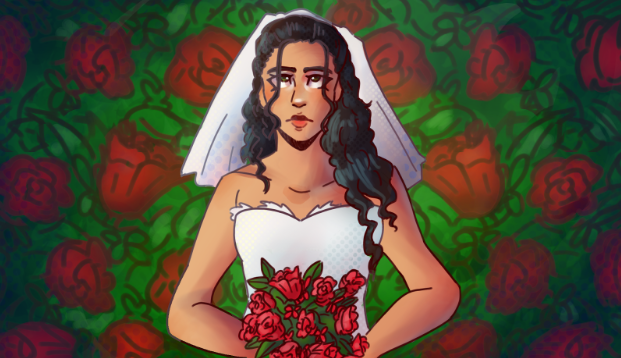


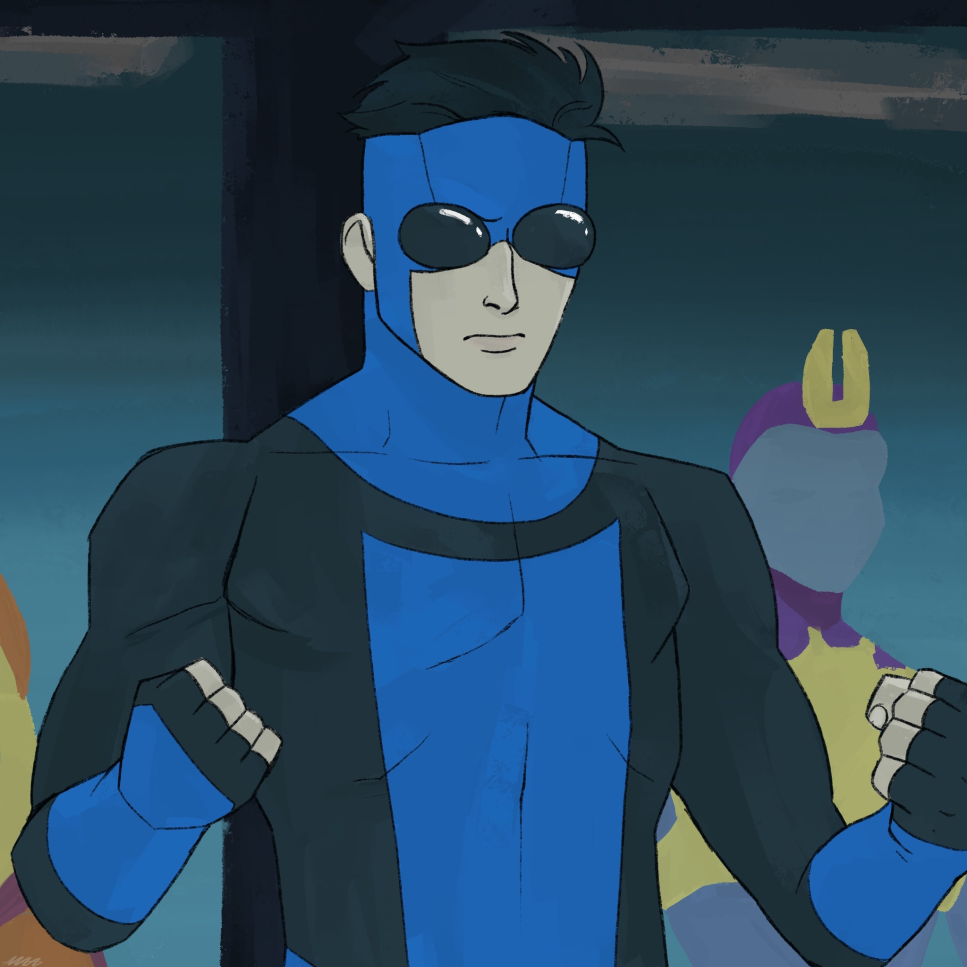

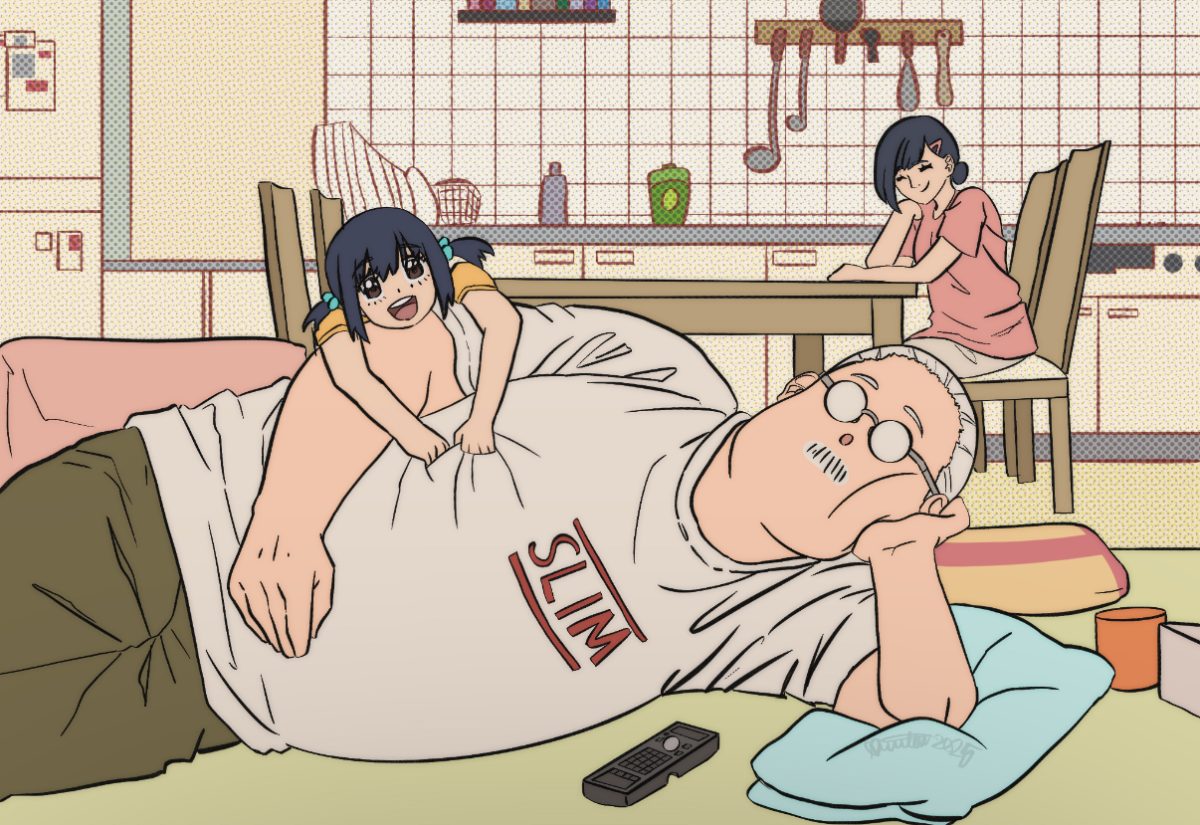
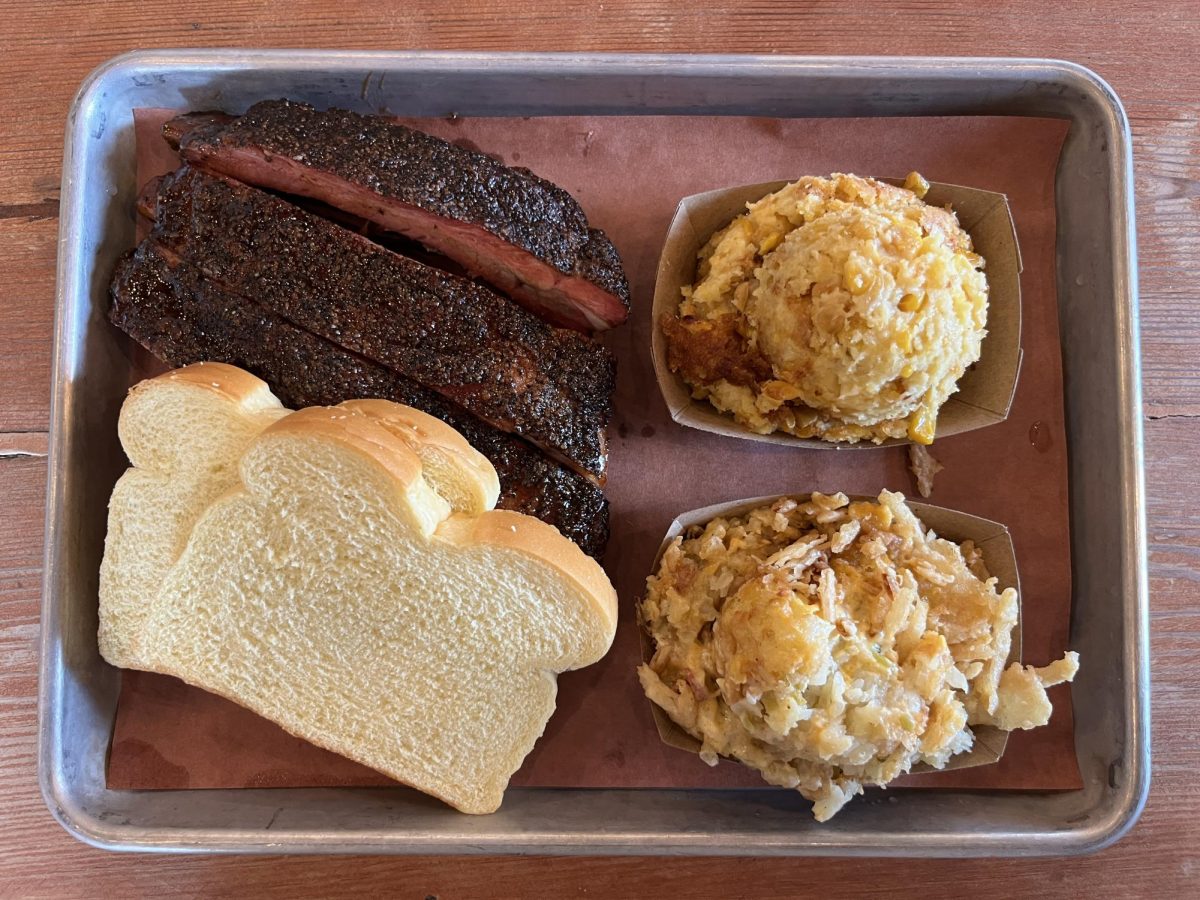
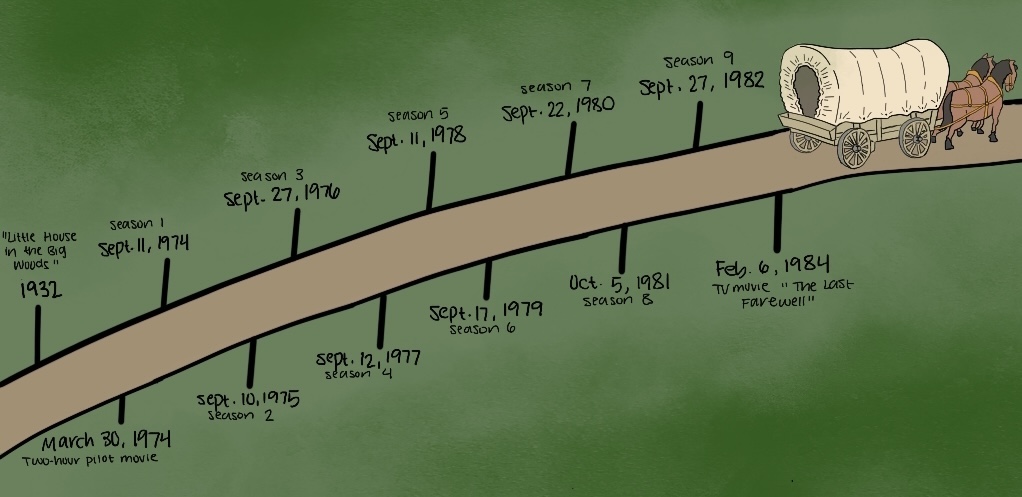
Andrew Chen • Apr 11, 2025 at 10:03 pm
Fantastic review! I haven’t seen the movie (and don’t plan on watching it) but I have not heard good things about it.
Macy Langland • Apr 11, 2025 at 5:35 pm
Nice review Grace! I 100% agree that the dwarfs were extremely creepy.
Helen Beebe • Apr 11, 2025 at 11:10 am
Fantastic delivery and evaluation!
Dhara Agrawal • Apr 10, 2025 at 11:18 am
I love your opinion on the movie and I agree with so much of it!